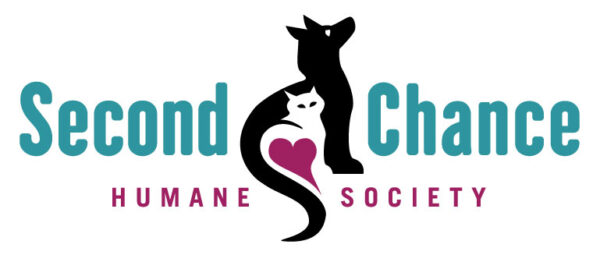
30 Nov Second Chance: Puppy Dog Eyes!
Second Chance Humane Society’s Animal Resource Center and Thrift Shops have been serving San Miguel, Ouray & Montrose Counties since 1994. The shelter is open to the public Tuesday through Saturday 11 to 5:30. Community veterinary services are available by appointment.
View shelter pets and services online: www.adoptmountainpets.org.
Go here for more on Dr. Shari DePauw of Second Chance. Second Chance veterinary clinic is open Tuesday, Wednesday, and Friday. Call (970) 626-9713 or email clinic@adoptmountainpets.org
Go here for more options from Second Chance.

Between dogs, eye contact signals aggression. Between humans and dogs, eye contact is an integral part of communication. With a familiar dog, eye contact is usually a sign of bonding and love. A dog who avoids eye contact is likely having trust issues. Staring (and stiffening) is a sign of aggression or anxiety.
If a dog blinks while making eye contact with you, he may be contemplating what you’re saying or expecting from him. When your dog raises her eyebrows or tilts her head,- it means pretty much the same as human expressions- they’re engaged, listening, and curious. “Whale eyes” (when you can see the whites of a dog’s eye) indicate worry and stress.
A dog’s eye is very similar to that of a human eye with many of the same structures. A couple of differences are dogs have a third eyelid and a Tapetum lucidum behind the retina (which increases the light available to the photoreceptors). This is why dogs can see in the dark, and why a dog’s eyes appear to glow at night.
While dogs smell and hear much better than humans, we have dogs beat when it comes to vision. Humans strive to have 20/20 vision—the ability to clearly see objects of a certain size while standing 20 feet away. Though dog breeds have some variety, experts believe dogs usually have 20/75 vision.
Dogs also have wider fields of vision than humans because their eyes sit wide on their heads. Depending on the breed, a dog’s field of vision is anywhere between 240 and 270 degrees (humans have a 180-degree field of vision). That means they can see more of their surroundings without moving their heads. With a wider field of vision comes compromised depth perception, which helps with jumping and catching. This explains why so many dogs have trouble catching treats or toys tossed at close range.
Since dogs have more rods in the retina than humans do (rods are sensitive to shape, movement, and dim light), dogs can see moving objects better than stationary objects. They have 10-20 times greater motion sensitivity than humans. Dogs can pick up on small changes in body posture and movement as a result. This is one reason why dogs can be trained with silent cues using hand gestures.
Contrary to popular belief, dogs do not see in black and white. They can perceive color—just not as many colors as humans can. Dogs’ retinas can distinguish two colors. These colors are blue-violet and yellow. Dogs can also differentiate between shades of gray.
Understanding your dog’s eye expressions and vision can help you be a better partner.

My name is Badger. My vision is much more important than it is for most dogs because I’m deaf. I am aware of hand signals, eye contact, and seeing the world around me. I’m looking for a home or a foster home to allow me to have some love and attention all to myself.
AND… To continue the Second Chance Highlights section, we want to share the following:
Help Wanted
Are you a compassionate, hard-working Veterinary Technician looking to participate in meaningful rescue work in a beautiful setting?
Second Chance Humane Society is looking for a part-time Veterinary Technician to assist our veterinary team with shelter medicine, surgeries, and in our community clinic.
AND
Our Telluride Thrift Shop is looking for reliable, enthusiastic employees and volunteers.
Are you interested in helping out with this key fundraising source for Second Chance?
Email Laura: telluridemanager@adoptmountainpets.org


Sorry, the comment form is closed at this time.